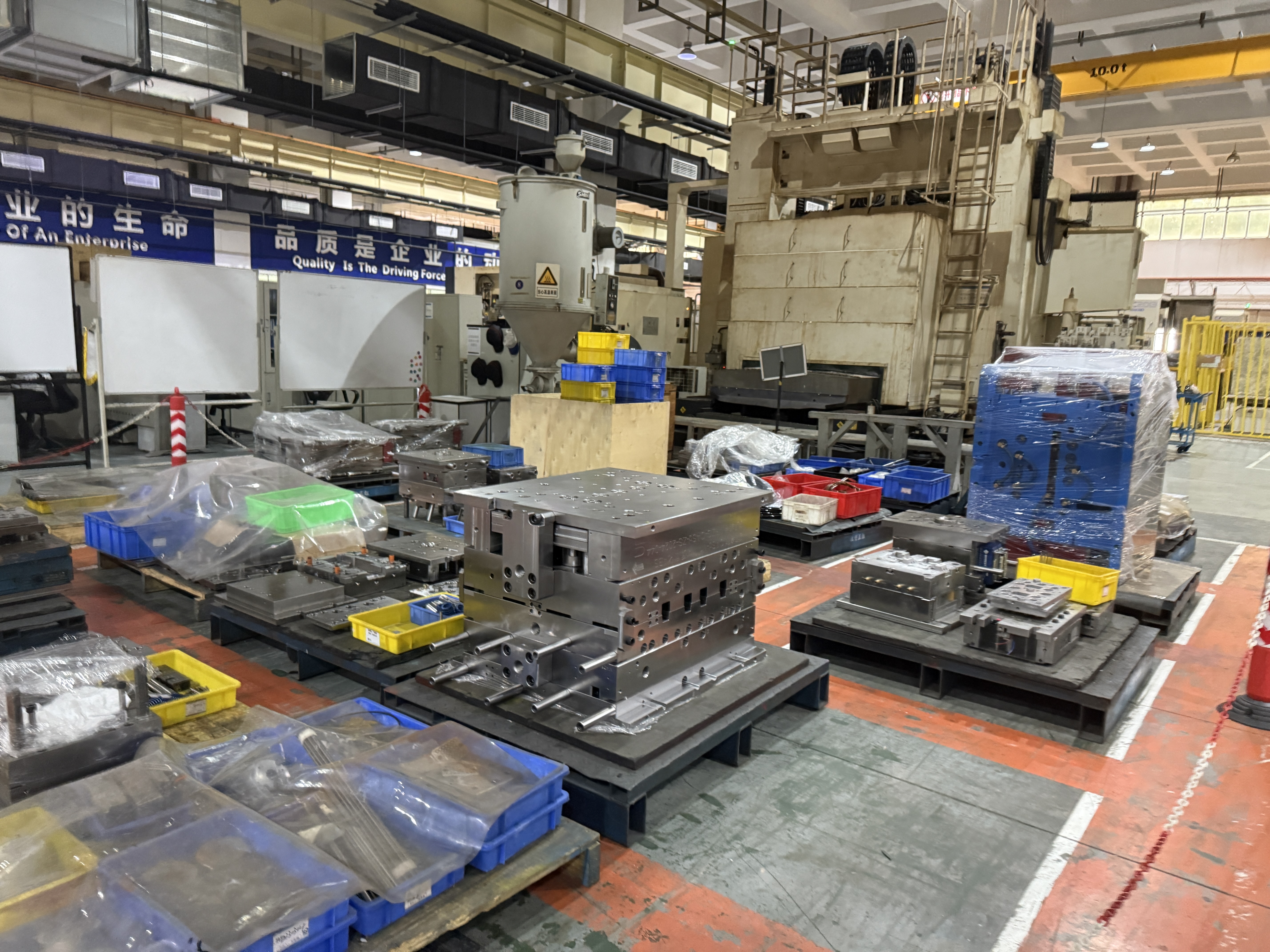Views: 0 Author: Site Editor Publish Time: 2024-06-24 Origin: Site







Fiberglass is a popular material in the automotive industry due to its light weight, strength, and versatility. Molding fiberglass auto parts involves several steps from preparing the mold to completing the final product. This guide provides a comprehensive overview of the process, including the materials and techniques used.

Before beginning the molding process, prepare the necessary materials and tools. These include:
Fiberglass fabric or mat
Resin (polyester or epoxy)
Curing agent or catalyst
Release agent
Brush and roller
Mixing container
Protective equipment (gloves, safety glasses, respirator)
Sandpaper and polishing tools
The first step in molding fiberglass auto parts is to prepare the mold. The shape can be made of different materials, such as wood, metal, or plastic. Make sure the mold is clean and free of residue. Apply a release agent to the surface to prevent the fiberglass from sticking to the mold.
Cut the fiberglass cloth or mat into the desired size and shape. It is important to prepare all parts before mixing the resin because the resin hardens quickly.
Mix the resin and hardener according to the manufacturer's instructions. The ratio of resin to hardener is critical to the curing process. Use a mixing container and stir well to ensure a smooth mix.
Begin by applying a thin layer of resin to the mold using a brush or roller. Place the first layer of fiberglass cloth or mat over the mold and saturate it with resin. Use a roller to remove any bubbles and ensure the fiberglass is completely saturated. Repeat this process layer by layer until the desired thickness is achieved.
Allow the fiberglass to cure according to the resin manufacturer's instructions. Curing time may vary depending on the type of resin used and the ambient temperature. Make sure not to move the part during this time to avoid deformation.
Once the fiberglass has fully cured, carefully remove the part from the mold. This step should be relatively easy if the mold release agent was used correctly. If the part is stuck, gently tap the mold or use a plastic wedge to remove the part from the mold.
Remove excess fiberglass from the edges of the part using a rotary tool or sandpaper. Smooth out any rough spots and sand the surface to prepare for painting or further finishing. If necessary, apply a gel coat or primer to achieve a smooth, glossy finish.
Working with fiberglass and resin involves handling potentially hazardous chemicals and materials. Always wear protective clothing, including gloves, goggles, and a respirator to protect yourself from fumes and skin irritation. Work in a well-ventilated area to minimize exposure to hazardous fumes.

Bubbles can weaken fiberglass parts and create an uneven surface. To avoid bubbles, press out any trapped air with a roller and make sure the fiberglass is completely saturated with resin.
If the resin is not curing properly, it could be due to an incorrect ratio of resin to hardener or insufficient mixing. Make sure to follow the manufacturer's instructions and mix the resin thoroughly. If the ambient temperature is too low, it can also affect the curing process. Consider using a heat source to maintain the optimal temperature.
If the fiberglass part sticks to the mold, it could be due to insufficient application of release agent. Make sure the mold is thoroughly coated with release agent before applying the fiberglass part. In some cases, it may be necessary to use a different mold release agent.
Molding fiberglass automotive parts is a complex process that requires careful preparation and attention to detail. By following the steps outlined in this guide, you can create high-quality fiberglass parts for your automotive projects. Remember to put safety first and take the time to troubleshoot any problems that arise during the process. With practice and experience, you can master the art of fiberglass molding and create durable, lightweight automotive parts.









ZHUHAI GREE DAIKIN PRECISION MOLD CO., LTD.